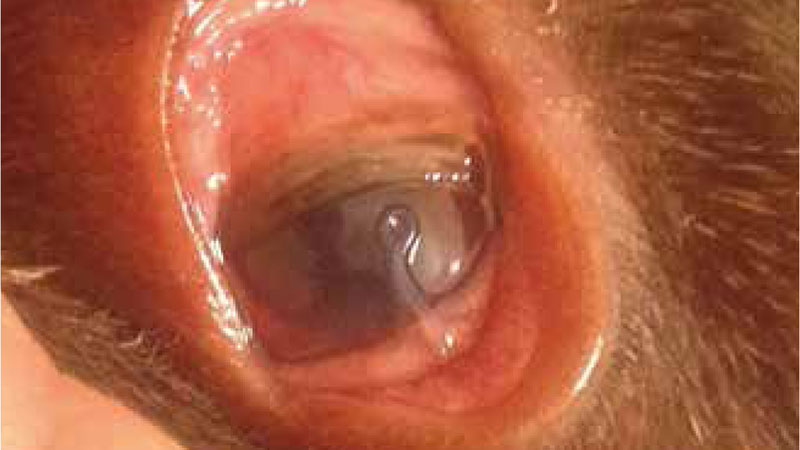Ocular thelaziosis in dogs and cats: good to keep an eye on
In the past decades the so-called ‘oriental eyeworm’, Thelazia callipaeda, has become endemic in various regions of Europe and, at the same time, non-endemic countries are currently at risk of introduction and establishment of an autochthonous life cycle. This drosophilid-transmitted nematode affects the eye and associated tissues of domestic animals (e.g. dogs, cats), wildlife and, sometimes, humans, thus posing a zoonotic hazard. Recently, therapeutic and prophylactic options have become available for controlling this parasitosis and minimising the risk of its spreading from endemic regions to areas that are presently free of the parasite. This article concisely reviews the current knowledge on T. callipaeda and its infection in companion animals, with a focus on practical and clinical aspects.
Donato Traversa - European Veterinary Specialist in Parasitology, Faculty of Veterinary Medicine, University Teaching Veterinary Hospital, Località Piano d'Accio snc, 64100, Teramo, Italy
